As technology evolves continuously, innovations are bound to be applied to the rapidly rising mode of transportation, electric bikes (ebikes). These advancements are geared towards expanding the fitness, lifestyle, safety, and user experience aspects of the ebikes. This article brings you the recent enhancements in ebikes now that we are in the 3rd quarter of 2024.
Lightweight Design
Electric bikes have on-board equipment that empowers them and that sets their design apart from the conventional bicycle, a motor and a battery. Due to these components, the total weight of the bike increases. The evolution of the technology in ebikes introduces a generation of lightweight models weighing below 20 kg. Reducing weight contributes to the satisfaction of the cyclist, which enhances qualities such as motivation, agility, handling skills, and overall riding experience of the rider. The lightweight bike also makes transportation, navigation, and storage much more easier. Additionally, a heavier payload consumes more power. The motor compensates for the amount of weight loaded onto the vehicle, making it less efficient. A lighter design of an ebike allows the motor to use less power when pushing the bike forward.
Different options based on purpose
The evolution of ebikes never stops because its developers are problem solvers. As humans, we adapt by continuously making our lives easier. Adapting to change and serving purpose have brought ebikes to life, in the first place. There are several types of ebikes based on purpose.
We have Cargo Electric Bikes made for heavy loads when used for groceries, school service, deliveries, leisure trips, etc. Transporting goods using an electric vehicle is becoming a trend due to its cost-effectiveness and sustainability impact, so cargo is seen as one of the transportation solutions in this generation.
Folding Electric Bikes are a space-saving solution for people with no parking space. A folding ebike performs similarly to a commuter type, the only difference is its portability when folded, it can be stored in minimal spaces such as studio-type apartments.
If you are more of an adventurer type and getting from point A to point B with a regular bike is a bit boring, then check out Electric Mountain Bikes. The flexibility of these ebikes eliminates the dilemma of acquiring another bike for a special feature found on another model such as tire size, weight class, attachment points for racks and bags, etc. Some bikes just have it all!
Smart features
Similar to the latest home appliances like cameras, lights, TVs, and other gadgets, new ebikes can also be connected to our phones. This upgraded technology enables cyclists or commuters to observe and keep track of cycling activity--distance, speed, GPS navigation, and even calorie expenditure. Not only that, it also has anti-theft systems directly embedded into the frame for enhanced security. It locks and unlocks the ebike, so the user can comfortably leave them at public places. Some smart features also allow cyclists to customize the assist levels based on the riding preference of the cyclist. These apps also provide solutions to the owners by assisting in troubleshooting potential issues before taking effect, eliminating possible causes of accidents.
Reasonable Price
Many have been curious about ebikes, but the current market price of ebikes seems to be one of the biggest deciding factors in purchasing. Current designs cost at least $1,000 and some top-of-the-line models are priced beyond $10,000. This has been a hurdle for most interested buyers, but not anymore! Recent advancements in technology have paved the way for having flexible options that introduced some more affordable options in the market.
Also, there has been a collective effort from the governments of various countries to incentivize the purchase of electric bikes and encourage their usage. One of the initiatives from the Canadian government is the EBike Rebate Program which gives rebates to residents. The rebate ranges from $350 to $1,500 depending on the income and they vary from province to province. Tune in for the next announcement for rebate programs to get your ebike at a lower price.
Nowadays, even advancements in information technology can be useful in raising interest for ebikes. Owners or businesses may put their bikes on sale or up for lease using social media platforms or an online application. This makes budget-conscious individuals understand the use and benefits of ebikes. They are also given a lot of opportunities to choose from a wide variety of models that can suit their preferences.
You may check out our selection of electric bikes via their prices from lowest to highest here. Our ebikes are guaranteed to be the best ones in the market, so rest assured that you will have a high-quality ride for your life's journey.
Upgraded Battery
The batteries of ebikes have been upgraded to improve the future of the ebike industry. Every upgrade enhances the range so you can travel further.
One upgrade is in the energy density of the battery. Battery energy density is the stored energy in every volume or mass. This varies depending on the type of battery and its electrochemical properties. Over the years, manufacturers have taken on the responsibility of optimizing this by reducing the particle size, enhancing the diffusivity, thickening electrodes, improving the conductivity, and improving design.
Safety measures were also improved as they are designed to withstand rugged conditions and high temperatures. Overheating is one of the causes of deterioration in the quality of batteries, as well as exposure to very low temperatures. This poses risks as they can be damaged easily and may be a fire hazard. Since there is an increased interest in ebikes all over the world, some would prefer a design imported from other countries. So designing batteries that are resilient to either temperature is a new way to upgrade ebike batteries.
The enhanced management system of ebike batteries allows easy monitoring of its conditions. Nowadays, they can now be safely charged and discharged using advanced features offered. It is also easier for users to be notified about the conditions of the battery protecting it from deterioration.
Bike Frame Improvement
A bike frame is essentially the skeleton of a bike holding all components together. The frame improved in terms of weight, strength, and geometrical configuration over the years. Bike frames started from high wheel (penny-farthing) design to using various techniques in manufacturing.
Techniques in Bike Frame Manufacturing
- One of the most prominent techniques in today’s frame manufacturing is Hydroforming, which uses water pressure to form tubes into sturdy, complex shapes that create strong and light bike designs. The bike frame has optimized stiffness and vibration-dampening properties.
- The material is molded as a single piece of bike frame commonly known as a Monocoque frame. They are unique from most carbon frames since most designs are made up of numerous parts that are assembled. Unlike them, this manufacturing method offers enhanced structural integrity, increases strength, reduces weight, and damps vibration.
- The process of layering sheets of carbon fibers joined together by resin is called Carbon Fiber Composites. This manufacturing process offers excellence in dampening vibration, aerodynamic properties, and more options in geometrical designs.
- The most traditional design on the list is Welding. The tubes are connected via torching and melting electrodes to put these tubes together. This process is cheaper and adapting changes in geometry is much easier compared to the aforementioned.
Bike Frame Material
- Aluminum - This material is the most popular material for bike frames. It is usually used interchangeably with an alloy, but manufacturers like using the pure form for its malleability.
- Steel - Iron is an abundant element, making it an inexpensive choice for manufacturing a bike frame. Tools to work with steel are also common, so they are easier to work with.
- Titanium - This material, although rarely used, is an excellent material to use due to its quality. This is famous for its strength and corrosion resistance.
- Carbon - This is the most evolved material on this list. It is light and stiff, but harder to work with and more expensive. This is preferred by professionals since they are mostly used for mountain bikes and other offroad models.
What We Can Expect In The Near Future
Use of C-V2X Technology
The C-V2X Technology is the Cellular-Vehicle-to-Everything technology, which is currently used in cars. It is an innovation in communication for vehicles that notifies the driver of infrastructures (V2I), cyclists and pedestrians (V2P), and other vehicles (V2V). Having this feature enhances road safety and transportation efficiency. Studies have shown that adopting this technology can assist drivers in autonomous driving. Autonomous driving is seen as the future of transportation and a self-driving car is a testimony of its ability.
Manufacturers of ebikes are looking into adding this to the latest models to keep up with current trends. This is necessary since cars should not be the only road users that benefit from it, but also the ones who are vulnerable on the road. The latest cars already detect bikes and other non-C-V2X objects with sensors. If ebikes incorporate this technology, it will be advantageous for everyone on the road. The communication between cars and bikes will be a lot smoother and more accurate. Who knows, one day we might even have self-driving bicycles.




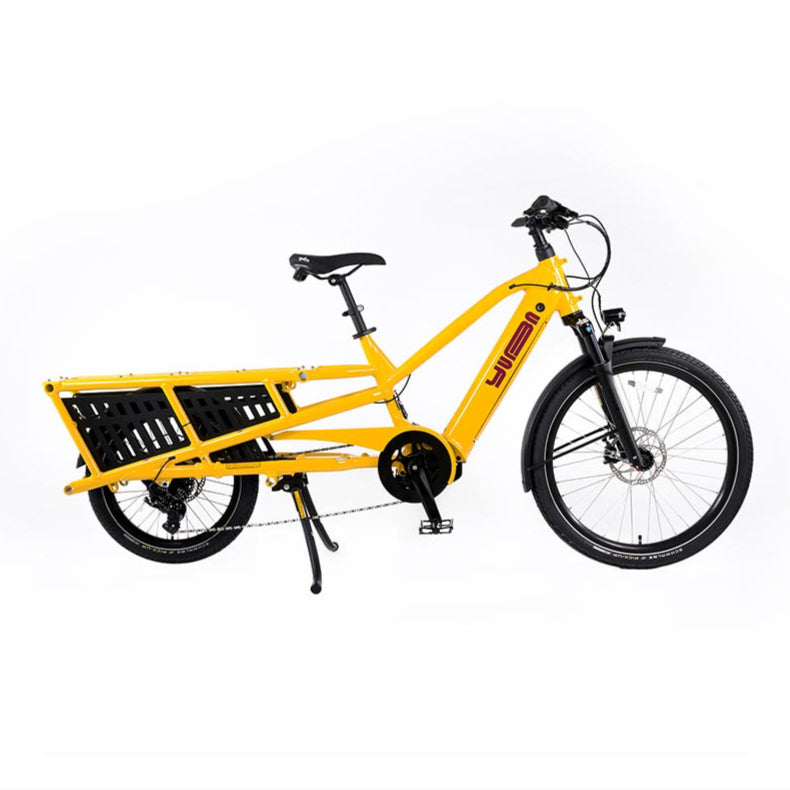

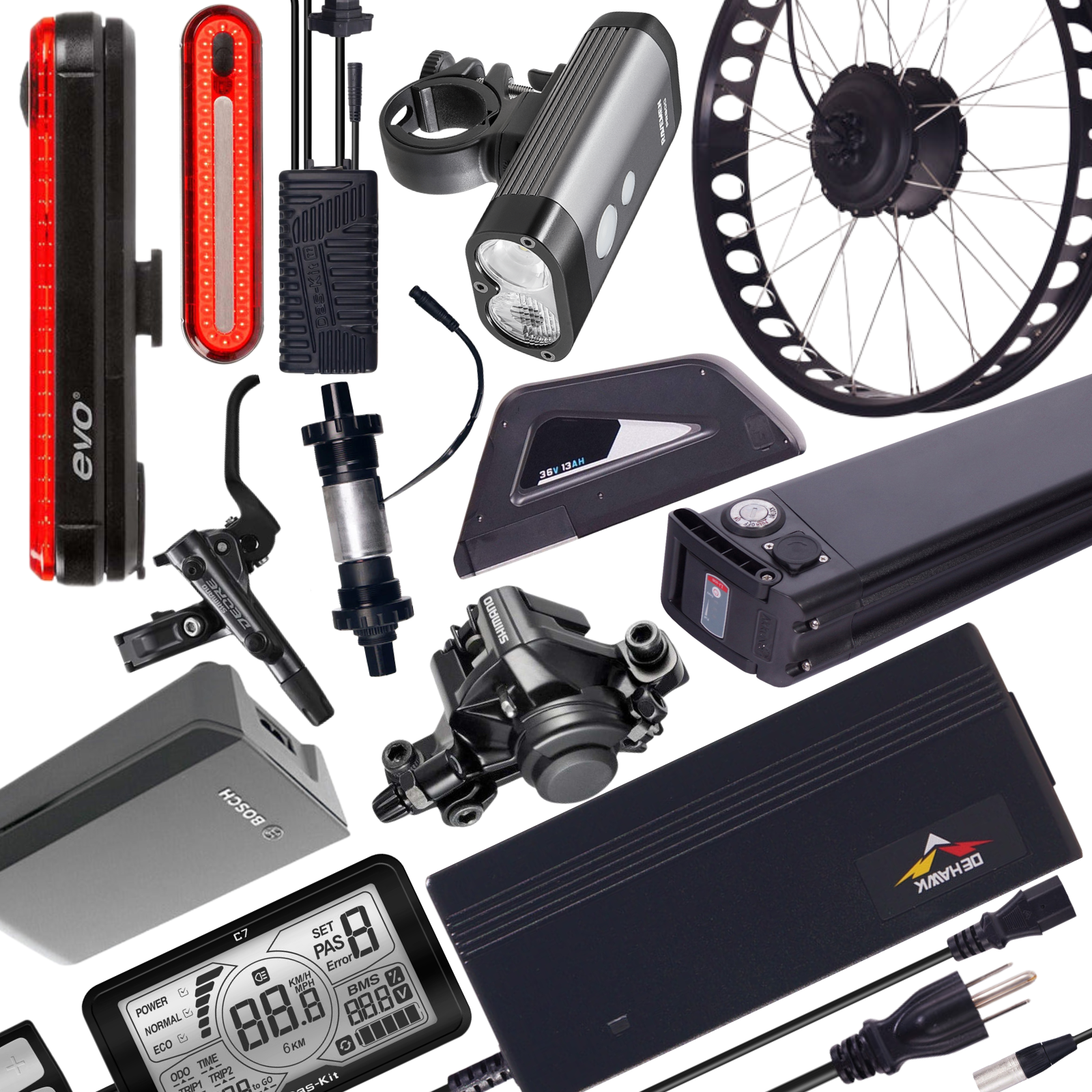








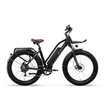





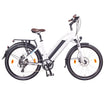
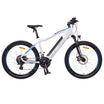
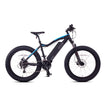





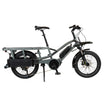

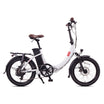


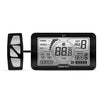














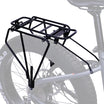
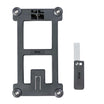









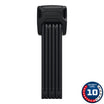


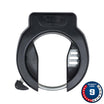


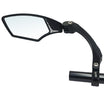







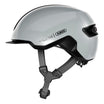




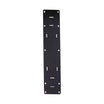

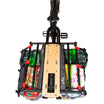

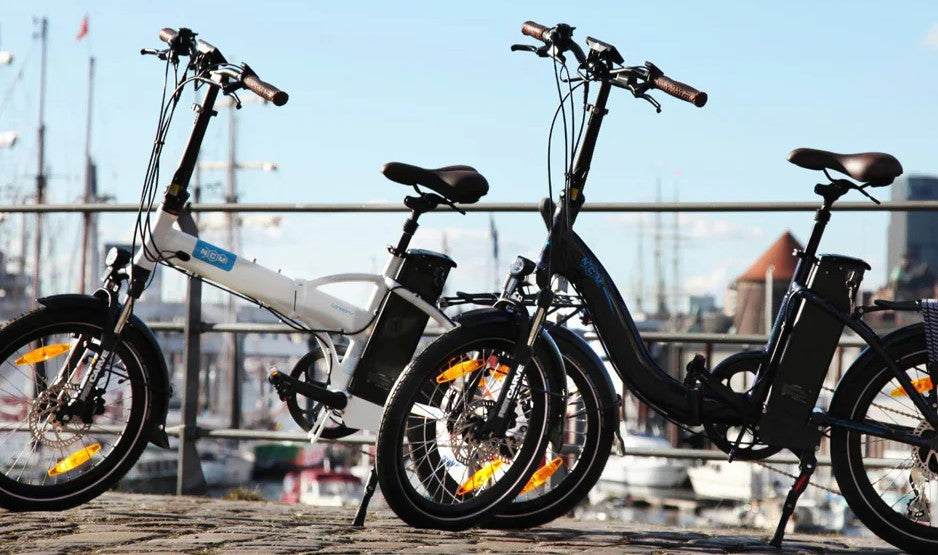



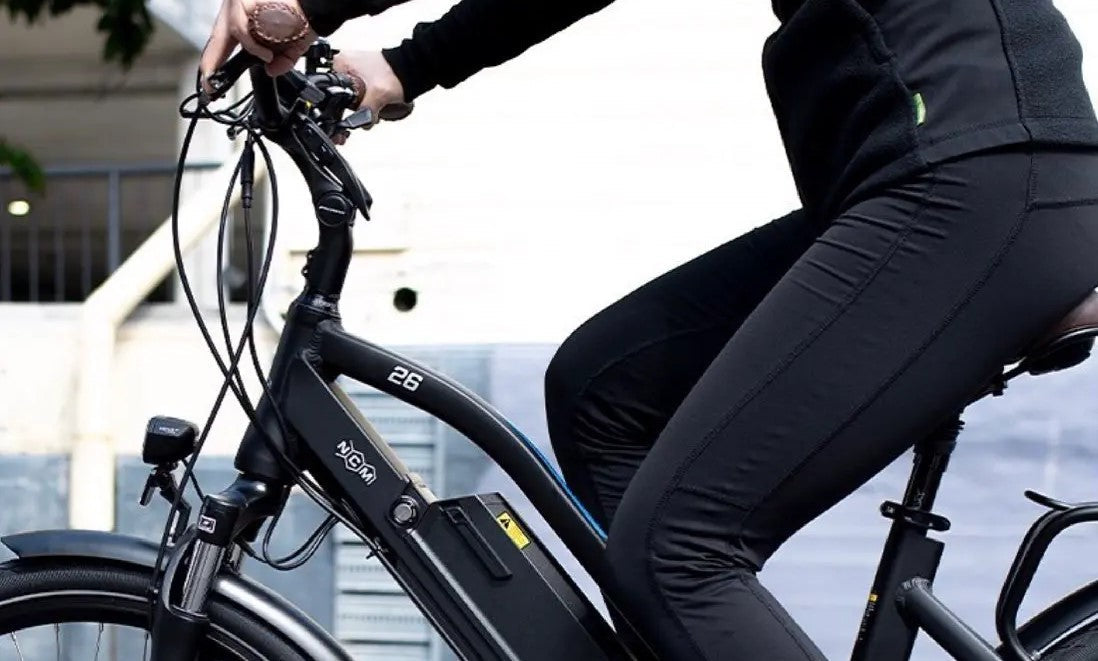


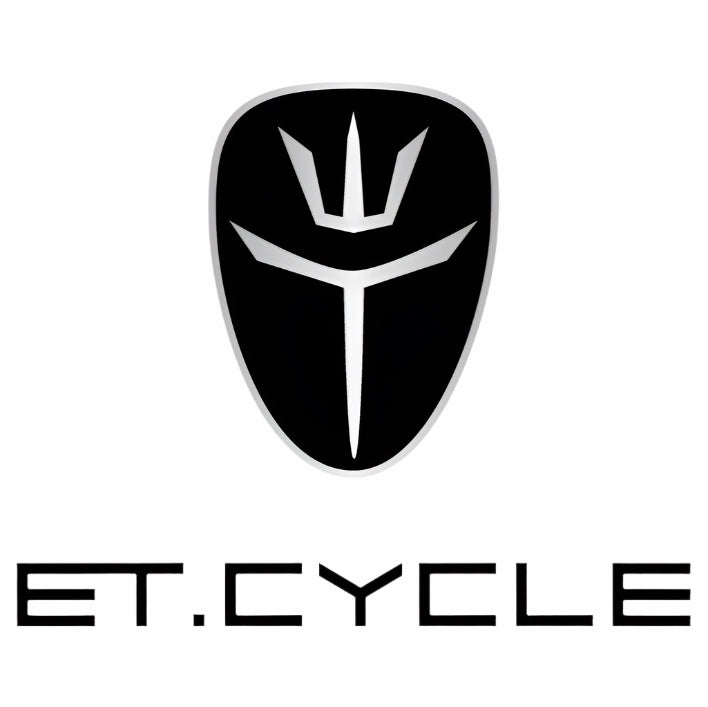







Leave a comment
This site is protected by hCaptcha and the hCaptcha Privacy Policy and Terms of Service apply.